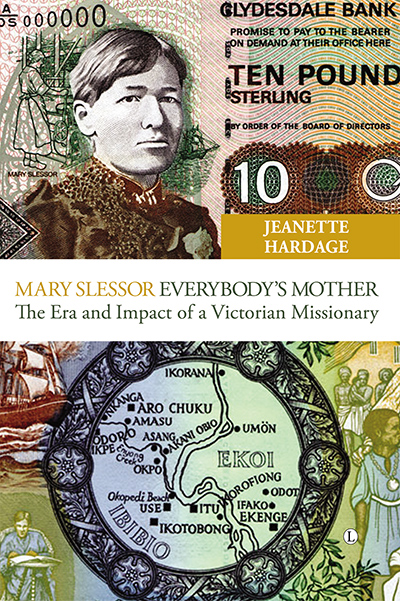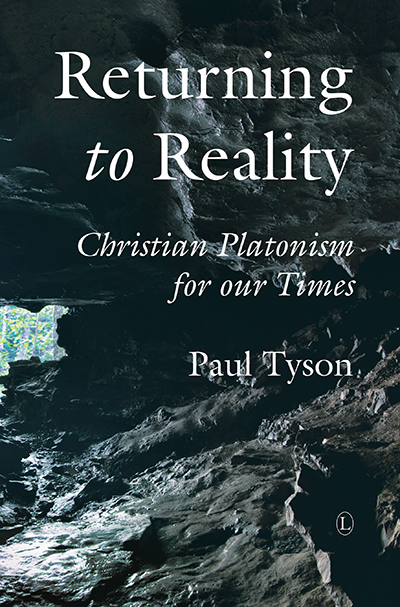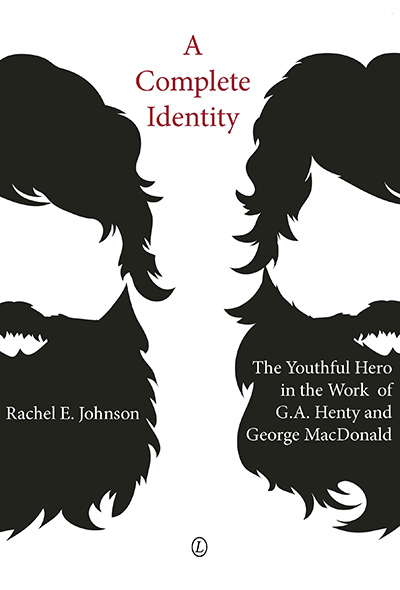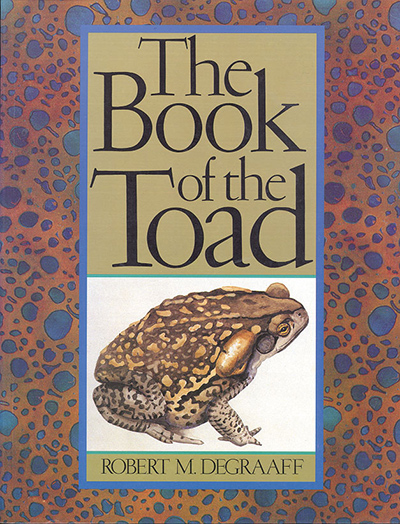Description
This is a story of Mary Slessor, a petite redhead from the slums of Dundee who became one of the most influencing people in the land known to her compatriots as “the white man’s grave”.
Despite her eccentricities, this woman truly understood and connected with the Africans among whom she lived, so much so that the British government appointed her their first woman magistrate anywhere in the world and later awarded her the highest honor then bestowed on a woman commoner.
Mary Slessor – Everybody’s Mother examines the era and influence of this extraordinary woman, who spent thirty-eight years serving as a Presbyterian missionary in Calabar. This work not only answers questions about the public Mary Slessor, it also reveals aspects of her private life that the author has gathered from her own writings and those of others of her era, reminiscences of her adopted Nigerian son, and assessments from contemporary sources.
Slessor’s audacity in remote areas of Nigeria contrasted with her timidity in public meetings in Scotland. She shunned the limelight and wondered why anyone would want to know about her. Her fame continues, especially in Nigeria and Scotland. She was certain God called her to serve in Calabar, the home she claimed as her own, where she became eka kpukpru owo – everybody’s mother.
About the Author
Jeanette Hardage develops independent writing projects. Her work has appeared in Christianity Today, the International Bulletin of Missionary Research, the Journal of Medical Biography and other publications. She is currently working on a new book with her husband, Owen Hardage: At Sea with God.
Contents
Foreword by Andrew F. Walls
Introduction
Prologue
Part One: Preparing and Going – 1848-1879
1. Early Influences
2. Duke Town
Part Two: Branching Out – 1879-1890
3. Old Town – Too Busy
4. A Long Pause – Creek Town
5. Marsh Fever and Other Afflictions
6. Opening a Territory
Part Three: New Possibilities – 1890-1900
7. Escapades and Romance
8. Hopes and Disappointments
9. British Imperial Agents
10. Visitors and Empire
Part Four: Queen Mary – 1900-1909
11. Bairns
12. Long Juju
13. A New Man and New Work
14. Court and Furlough
15. Disagreements In and Out of Court
Part Five: A Life Spent – 1909-1915
16. Faith Matters
17. Ikpe and Nkana
18. Rest and Honor
Part Six: A Legacy – 1915 and Later
19. Endings
20. Remembrance
Epilogue: African Mission to Liverpool
Acknowledgements
Author’s Notes
Mary Slessor and Mission Chronology Highlights
Appendix
Abbreviations
Bibliography
Index
Endorsements and Reviews
This is undoubtedly the best biography of Slessor so far produced. … It presents a woman who, without pretensions to gentility or to much education, moved the bounds, not only of what was acceptable for women, but of what was conceivable.
Andrew F. Walls, Founding Director, Centre for the Study of Christianity in the Non-Western World, University of Edinburgh
This work fills the need for a good modern biography of a remarkable woman. It combines readability with high academic standard.
Jock Stein, Editor, The Handsel Press
This book is commendable in that it raises awareness of the life of a woman who made a significant contribution to an understanding of Christian leadership. There is a need for more texts that convey this appreciation of roles undertaken by women in the development of faith traditions.
Julia Allen, in Modern Believing, October 2012
In any case, it is hard to disagree with Andrew Wall’s assessment that this is ‘the best biography of Slessor so far’. Hardage’s work should also be of interest to anyone studying Christianity in the Calabar region or West African missions more broadly.
Bethany Kipcrease, Aquinas College, in Journal of Religious History, Vol 36 (3)
High marks go to the easy writing style which make this rich volume a really engrossing narrative throughout. The author’s approach is particularly welcome as it counters hagiographers’ tendencies to turn Slessor into a one-dimensional heroine. Instead, Jeanette Hardage helps us get to know a rather unknowable pioneer …
Jo Stanley, in Women’s History Magazine, Issue 70, Summer 2012






